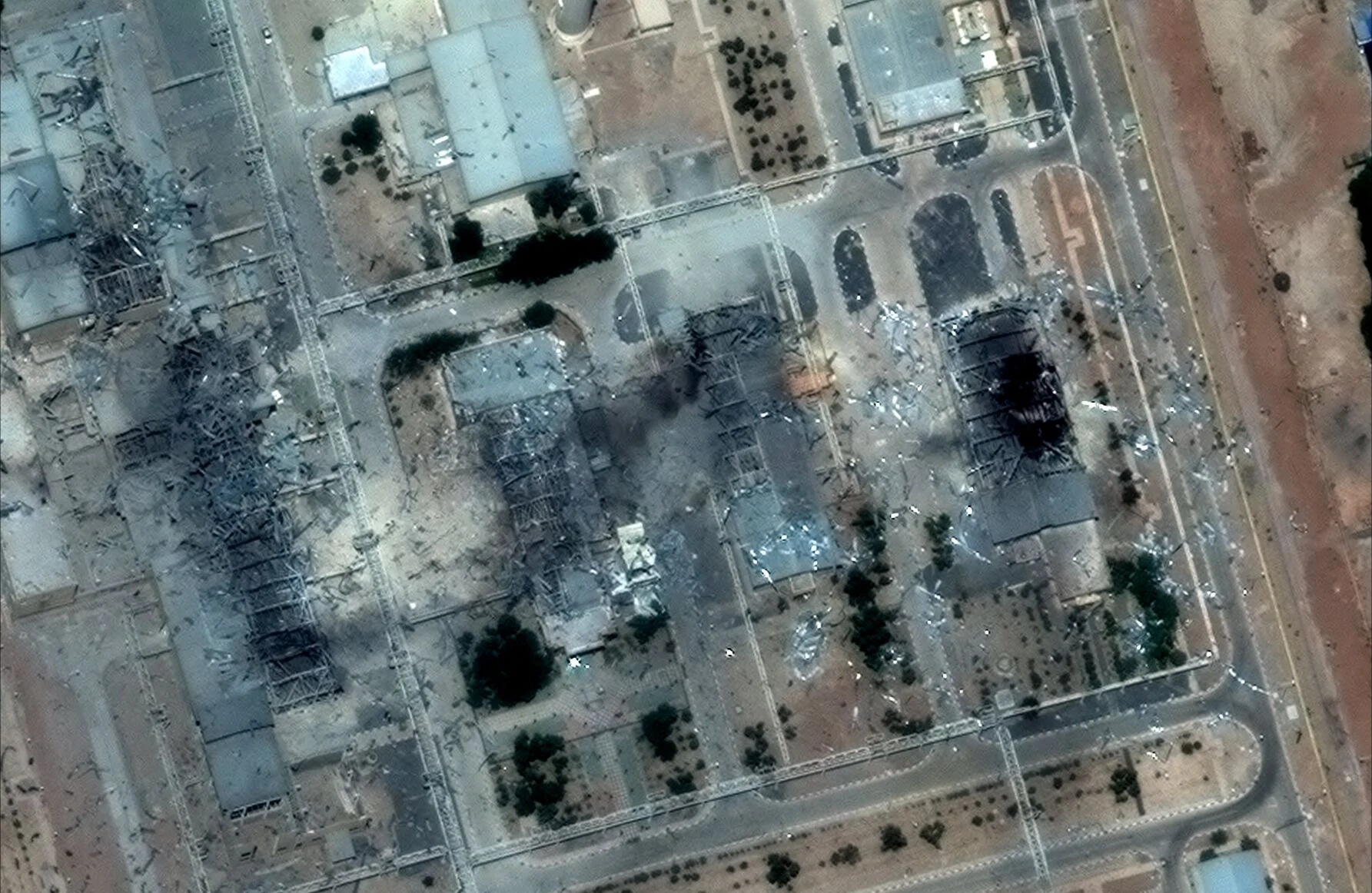Recent statements from senior Israeli officials have brought new clarity to the aftermath of the US and Israeli strikes on Iranian nuclear facilities.
According to intelligence assessments as of July 10, 2025, Iran did not remove its stockpile of enriched uranium from the sites targeted by these military actions.
This revelation has significant implications for global security, nuclear nonproliferation efforts, and the ongoing tensions between Iran, Israel, the United States, and the broader international community.
The Context: US and Israeli Strikes on Iran
In June 2025, the United States and Israel launched coordinated airstrikes against key Iranian nuclear facilities, including Fordo, Natanz, and Isfahan.
These sites are central to Iran’s uranium enrichment program and have long been the focus of international scrutiny and concern.
The strikes were part of a broader escalation following months of rising tensions and confrontations between Iran and Israel, with the US acting in support of its ally.
Fordo: A heavily fortified facility built deep underground, critical to Iran’s enrichment capabilities.
Natanz: Iran’s primary uranium enrichment plant, previously targeted in cyber and kinetic attacks.
Isfahan: A major nuclear research and conversion center.
The strikes were intended to cripple Iran’s ability to enrich uranium to weapons-grade levels and to send a strong message regarding the consequences of further nuclear advancement.
Intelligence Findings: Uranium Stockpile Not Removed
Following the strikes, a senior Israeli official disclosed that intelligence indicates Iran’s enriched uranium stockpile was not removed from the targeted nuclear sites before or after the attacks.
The official specified that the uranium remained at Fordo, Natanz, and Isfahan during the strikes and has not been relocated since.
While the possibility exists that Iran could still access some material at Isfahan, removing it would be logistically challenging due to the scale and security of the operations required.
This assessment is supported by various international intelligence agencies.
French intelligence, for example, confirmed that although Iran’s nuclear program suffered significant setbacks and delays due to the strikes, the majority of its enriched uranium, estimated at around 400 to 450 kilograms, remains under regime control.
Key Points:
No evidence suggests Iran moved its enriched uranium stockpile prior to the strikes.
The uranium remained at the three main sites during and after the attacks.
Access to some stockpiles may still be possible, but removal is considered difficult.
Conflicting Reports and International Reactions
While Israeli and French intelligence agree that most of Iran’s enriched uranium was not moved, there have been conflicting reports from other sources.
Some preliminary European intelligence assessments suggested that Iran might have distributed portions of its stockpile to other locations before the attacks.
However, US defense officials and President Trump have publicly stated that there is no known intelligence supporting the claim that Iran relocated its uranium to shield it from the strikes.
The International Atomic Energy Agency (IAEA) has also played a role in monitoring the situation.
Iranian officials have asserted that radiation monitoring and field surveys showed no contamination or risk to local populations near the targeted sites.
This according to the officials, suggested that the uranium remained in place and was not compromised in a way that would endanger public health.
Implications for Nonproliferation and Regional Security
The revelation that Iran’s enriched uranium stockpile remained at the targeted sites has several important implications:
Nuclear Nonproliferation: The attacks, while damaging infrastructure, did not eliminate Iran’s ability to retain significant quantities of enriched uranium.
This raised concerns about the effectiveness of military strikes in curbing nuclear ambitions.
Diplomatic Efforts: The strikes have further complicated diplomatic negotiations over Iran’s nuclear program, with Iran reducing cooperation with the IAEA and threatening to withdraw from the Nuclear Non-Proliferation Treaty (NPT).
Regional Stability: The ongoing conflict and the risk of further escalation continue to threaten the security and stability of the Middle East.
This has prompted calls for renewed diplomatic engagement and restraint from the international community.
Conclusion
The intelligence assessment that Iran did not remove its enriched uranium from sites targeted by US and Israeli strikes underscores the complexity of addressing nuclear proliferation through military means.
While the strikes dealt a blow to Iran’s nuclear infrastructure, they did not eliminate the core material needed for potential weaponization.
This situation highlights the urgent need for robust international monitoring, renewed diplomatic efforts, and a comprehensive approach to nuclear nonproliferation in the region.



